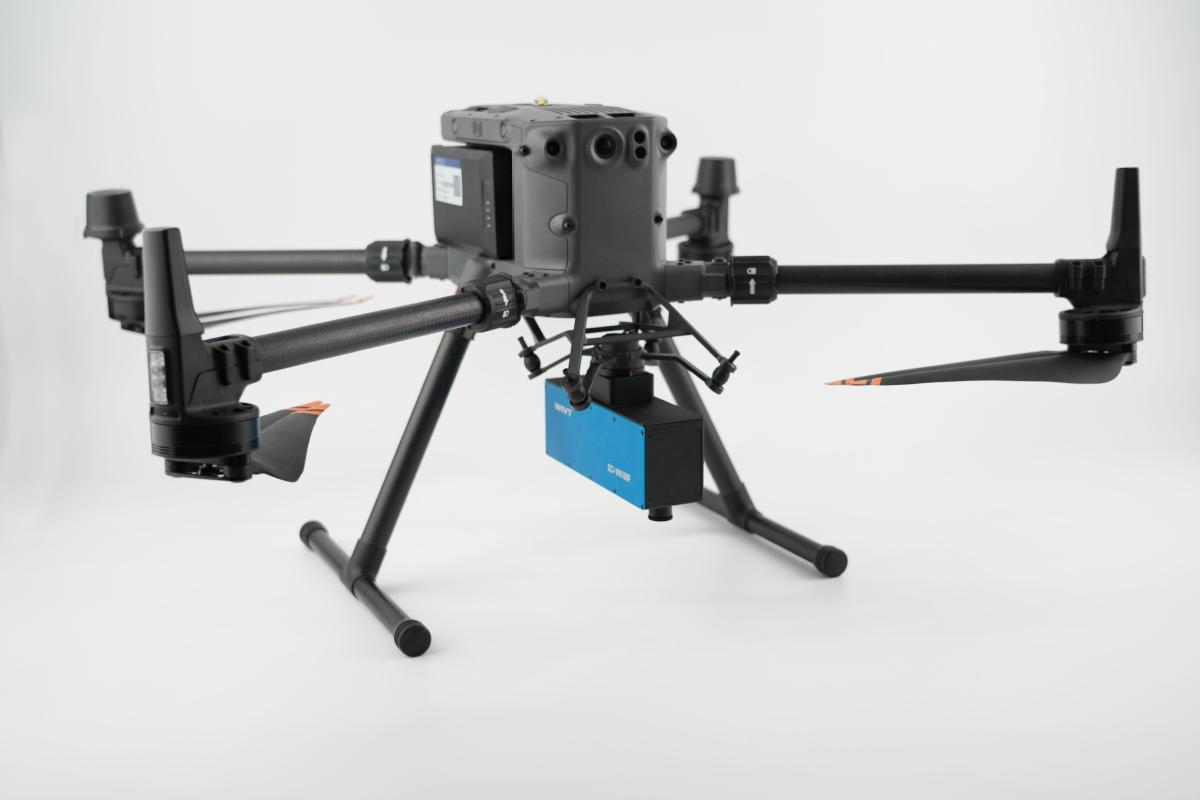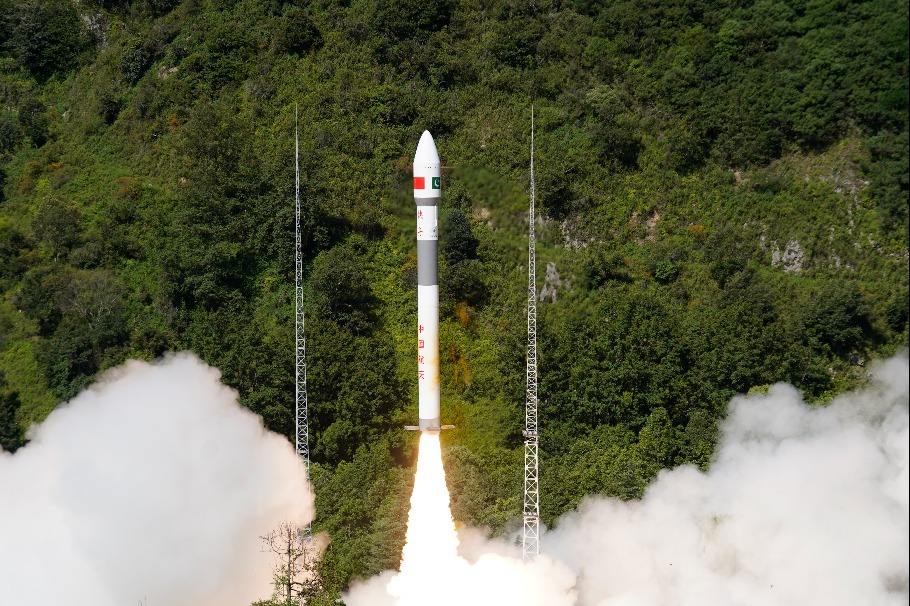China unveils new hyperspectral camera


A research team from Westlake University has recently developed China's first hyperspectral camera based on snapshot compressive imaging technology, according to the Science and Technology Daily.
The camera, created by Westlake Intelligent Vision Technology (Hangzhou) Co Ltd — a startup incubated by the university — marks a major step in intelligent imaging systems by integrating advanced optical hardware with intelligent algorithms.
"Compared to traditional imaging methods, a key advantage of hyperspectral camera's is that it allows us to 'see more clearly'," said Yuan Xin, founder of the company and head of the Sensing and Computational Imaging Lab at the School of Engineering, Westlake University.
According to Yuan, the hyperspectral camera is capable of splitting light into more than 100 spectral bands, covering wavelengths from visible light (400 nanometer) to near-infrared light (1,000 nm). With a single exposure, it captures 100 continuous spectral channels at a resolution of no less than 1024×1024 pixels, providing highly detailed images and revealing spectral characteristics of materials invisible to the human eye.
Its applications are wide-ranging. In agriculture, the camera can detect early signs of crop diseases and locate toxin accumulation farmlands. In environmental monitoring, it can identify algae blooms, heavy metal pollution, and dissolved chemical substances in water. It also shows promise in sectors such as industrial quality control, medical research, and power line inspection.
- China unveils new hyperspectral camera
- Rainstorm in Beijing leaves 44 dead, 9 missing by Thursday noon
- Xi's speech at ecological, environmental protection conference to be published
- Cotton harvester manufacturing workshop in Xinjiang
- Beijing accelerates recovery efforts after rare downpours
- Over 1 million Chinese benefited from fertility treatment coverage last year





































